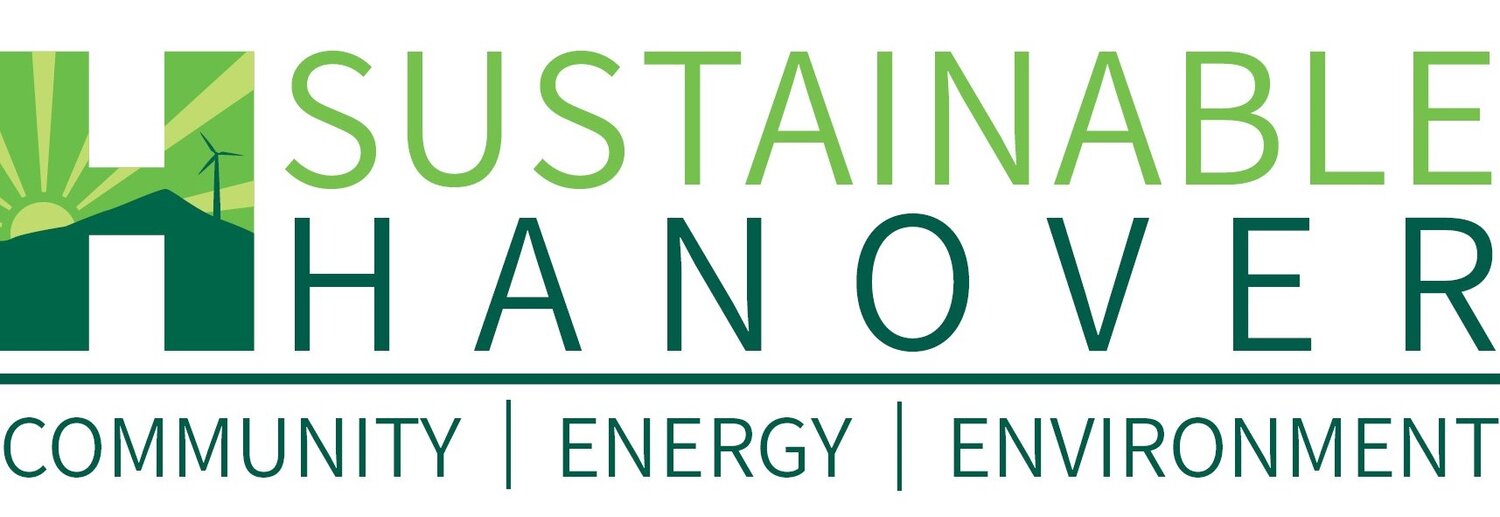WHO KNEW Where the Idea of Grass Lawns Came From?
Did you ever wonder where the idea of having lawns came from? Apparently it started in 17th century England as a way to show one’s wealth and status. One could have one’s servants cut the lawn with hand held clippers, and show oneself wealthy enough to buy one’s own food instead of growing it.
So why do we have these labor intensive lawns now? Lawns demand water, gas and money to maintain. In fact, these resource intensive spaces may be the largest single cultivated ‘crop’ in the United States. It is estimated that there are more than 40 million acres of turf grass in the United States. [“Lawns Are a Soul-Crushing Timesuck and Most of Us Would be Better Off Without Them”, Christopher Ingraham in the August 4, 2015 Washington Post]
PROBLEMS THAT LAWNS CAUSE:
1. GREATER CARBON OUTPUT THAN INPUT
In 2018 according to the EPA, each gas-powered lawn mower produces as much air pollution as 43 new automobiles driven 12,000 per year – lawn care produces 13 billion pounds of toxic pollutants per year. Even refilling lawnmowers damages the environment. If you are using certain synthetic “weed and/or feed” compounds, the manufacture of these products contributes to air pollution as well.
2. MORE SURFACE RUNOFF
The EPA in “Water Sense,” 1/19/2017, estimates that one-third of all residential water use in the US is used for watering lawns which is nearly 9 billion gallons per day. But many lawn grasses have very short roots, so little rain/snow water gets into the ground. Furthermore since lawn soil is often compacted, there is less infiltration. Some call lawns “green asphalt.”
3. NUTRIENTS AND PESTICIDES ARE REMOVED IN GRASS CLIPPINGS
If your lawn clippings go into your compost or other waste spaces, they can pollute the ground. This is not to mention the nutrients and pesticides that are washed out of the lawn itself due to storm water runoff.
4. DECREASE IN BIODIVERSITY
Because weedfree lawns are a monoculture and lack native plant variety, the lack of plant diversity attracts few insects which means fewer birds and other animals.
So…what to do??? Be sure to read next Tuesday’s WHO KNEW with suggestions for how to reduce these problems!
